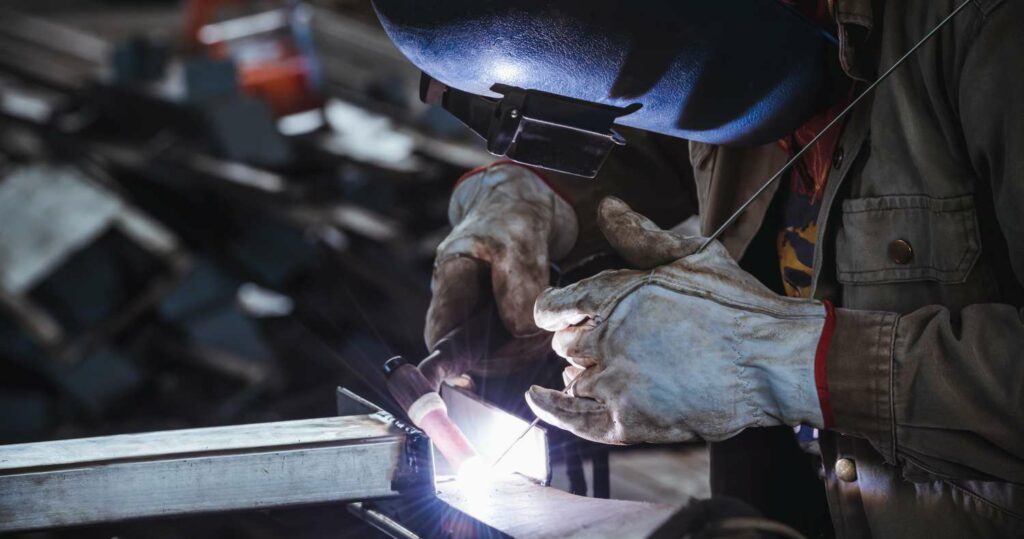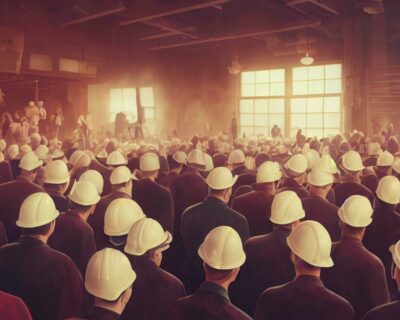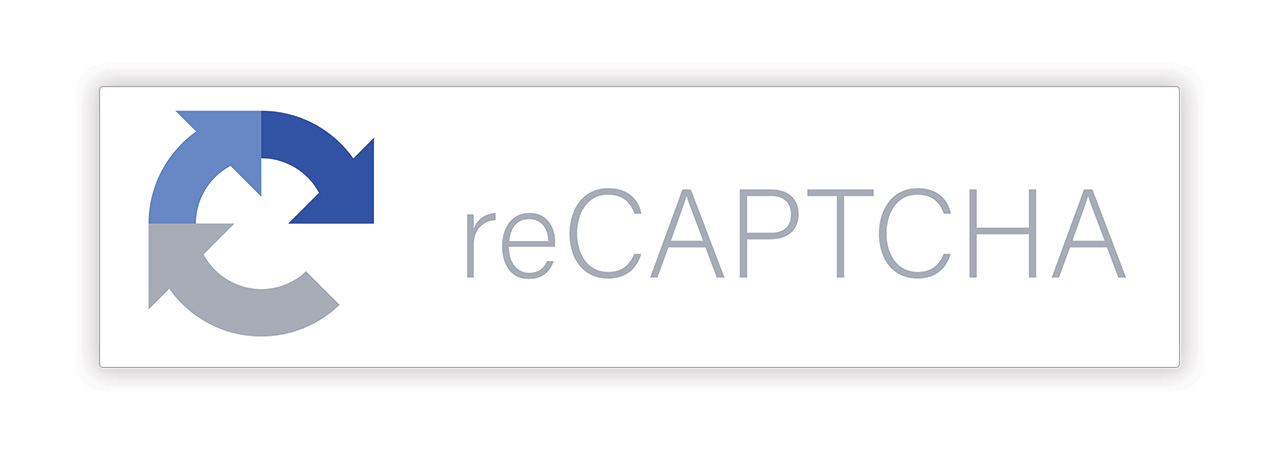
What is a Risk Assessment? Process and Examples
When it comes to running a business, some risks are worth taking. However, none of these risks should be related to the safety of employees or the company. Not only just for morality but lapses in safety practices result in long-term costs due to worker injury or illness, worker’s comp payments, and many more debilitating costs both for the specialists and employer.
How do risk assessments fit into the picture? Safety-conscious organizations perform risk assessments in order to identify, evaluate, and mitigate various types of hazards for both specialists and companies. They’re especially vital forindustries that are inherently more dangerous for workers since it isn’t a matter of if workers get injured; it’s a matter of how many.
Explore this Article:
- Risk Assessments: An Overview
- When to Perform a Risk Assessment
- The Five Stages of a Risk Assessment
- Risk Assessment Examples
- Risk Assessments Should Be Proactive, not Reactive
Risk Assessments: An Overview
Most risk assessments aim to identify hazards that could cause harm to personnel, while others protect equipment or other company assets. Whatever the case, risk assessments are designed to follow a specific risk assessment process to ensure that relevant details don’t get overlooked.

Goals of a risk assessment:
- Producing analysis of potential hazards
- Preventing illnesses or injuries among workers
- Mitigating the costs of natural disasters, illegal activity, or other unavoidable circumstances
- Increasing awareness about work-related hazards
Something else to keep in mind: it isn’t enough to carry out a thorough risk assessment, and then use the resulting data to manage risk for the next several years. Workplace hazards evolve, new ones present themselves, and blind spots in the last risk assessment could even be identified as time goes on. For risk assessments to be effective, they have to be performed both properly and consistently.
Companies have had huge success with using digital software to document and automatically organize their risk assessments. Providing team members with the ability to quickly fill out free populated forms via their mobile devices has proven to make risk assessments easier and subsequently more prevalent. Companies that have implemented risk assessment tools have found that more assessments are filed than before implementation. This is due to both the ease of using a phone to quickly jot down important thoughts and the ease of autonomous filing.
Regardless of the method, the more risk assessment forms filed, the larger a perspective an organization gains over its daily hazards. With this perspective and awareness, many incidents can be avoided.
When to Perform a Risk Assessment
This will look different for each organization, but some factors will stay the same. A risk assessment should be performed:
- When new hazards are identified
- Before changing existing processes
- Before introducing new processes
Another decision to make would be the scope of the risk assessment. For example, if a piece of heavy machinery will be introduced to a worksite, there’s no need for an organization-wide risk assessment; a field-level hazard assessment would get the job done.
The Five Stages of a Risk Assessment
We’ve covered the “why” and “when” – what about the “how”? In general, there are five steps to conducting a risk assessment.
Step 1: Identify the hazards
This will be the foundation for the rest of the risk assessment, so it’s important to be thorough. Hazards to both employees and the organization should be considered, such as:
- Pinch points are points in which an operator can be caught between moving equipment.
- Workplace incidents like slips and trips, equipment misuse or breakdowns, structural failure, or anything else that could result in injury or illness.
- Biological or chemical hazards stemming from infectious diseases, foodborne illnesses, or dangerous substances to which workers may be exposed.
- Mental hazards stemming from excessive workloads, long hours, bullying, and so on.
- Technological hazards like power outages, a failed internet connection, etc.
- Natural disasters like fire, earthquakes, hurricanes, tornadoes, flooding, and so on.
- Anything that can distract an employee in a perilous situation.
When identifying these hazards, talk with anyone you can who is involved with the process. The more incite the better. The more diverse the information, the better you can prepare for incidents. Sometimes new employees will do things differently and a hazard for the new hires is something an experienced employee may overlook as common sense.
The analysis should include seemingly “one-off” activities, such as maintenance and repairs.
Incident reports can also be a valuable source of information for risk assessments, as they’ll shed light on safety issues that have impacted the organization in the past.
Step 2: Determine who or what the hazard could affect
For each hazard that’s identified in the first step, the person or thing that it would affect should also be identified.
Step 3: Evaluate risks and take precautions
At this stage, you have a list of potential hazards. Now it’s time to evaluate them based on the extent of the consequences, and the likelihood that they’ll occur. By determining the level of risk presented by each hazard, you’ll be able to prioritize the allocation of resources to the more severe hazards.
This is also the stage at which you’ll implement concrete steps to mitigate the risk of these hazards. The strategy could include something as simple as the addition of guarding, or something as complex as a company-wide safety training program. Whatever the solution happens to be, it should be completed without delay.
Step 4: Record the findings
Each step of the risk assessment process should be documented, including the hazards you identified, whom they would affect, and the actions that were taken to mitigate risk.
Step 5: Review and update the risk assessment
Every workplace is constantly changing, whether it’s due to new leadership, workers, processes, or equipment. All of this (and more) can lead to new hazards being introduced, so it’s crucial to continually review and update the risk assessment so that it reflects all current and potential hazards.

Risk Assessment Examples
There are innumerable examples of risk assessments that could be discussed. One risk assessment example would be identifying trailing extension cords tripping up workers in a busy work zone; another would be discovering chronic illnesses that are developing from long-term exposure to a toxic substance. Here are some of the main categories of risk assessments:
- Construction risk assessment – A construction risk assessment could be the risk to the Ironworkers when they set up scaffolding. There can be many variables and solutions like tie-off points and ways of keeping them harnessed during the entire operation, mitigating any fall injuries.
- Workplace risk assessment – From school systems to office spaces, this type of risk assessment evaluates the risk of threats to health or safety, as well as boosting morale and productivity.
- Health and safety risk assessment – This type of risk assessment would primarily be performed by safety managers, examining current processes, the work environment, and potential health and safety risks associated with the job.
As you can see, each industry requires a different approach – or even multiple approaches. A construction site would benefit from a risk assessment that focused on compliance with official safety regulations, but a boost in morale might also be needed. Each organization should fine-tune its risk assessment strategy so that they’re always attuned to the potential hazards that are present in the workplace.
Risk Assessments Should Be Proactive, not Reactive
No matter what industry an organization is in, “risk assessment” should be more than just a catchphrase that gets thrown around after a particularly unnerving workplace incident. When used properly, risk assessments can actually protect workers and companies alike from potential hazards. It isn’t realistic to expect a risk assessment plan to prevent every workplace incident, but a well-developed one will definitely reduce the rate at which they occur.


























